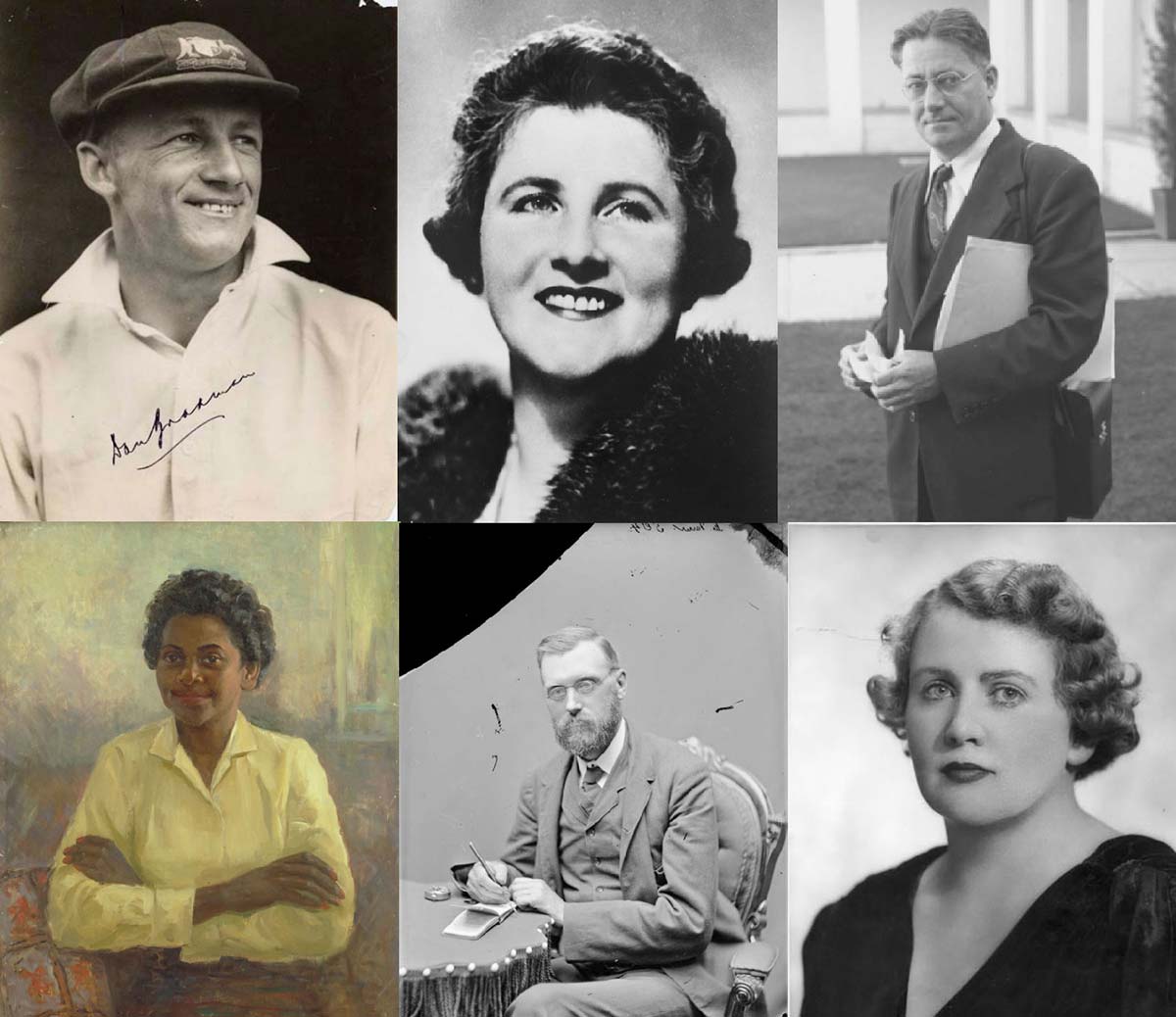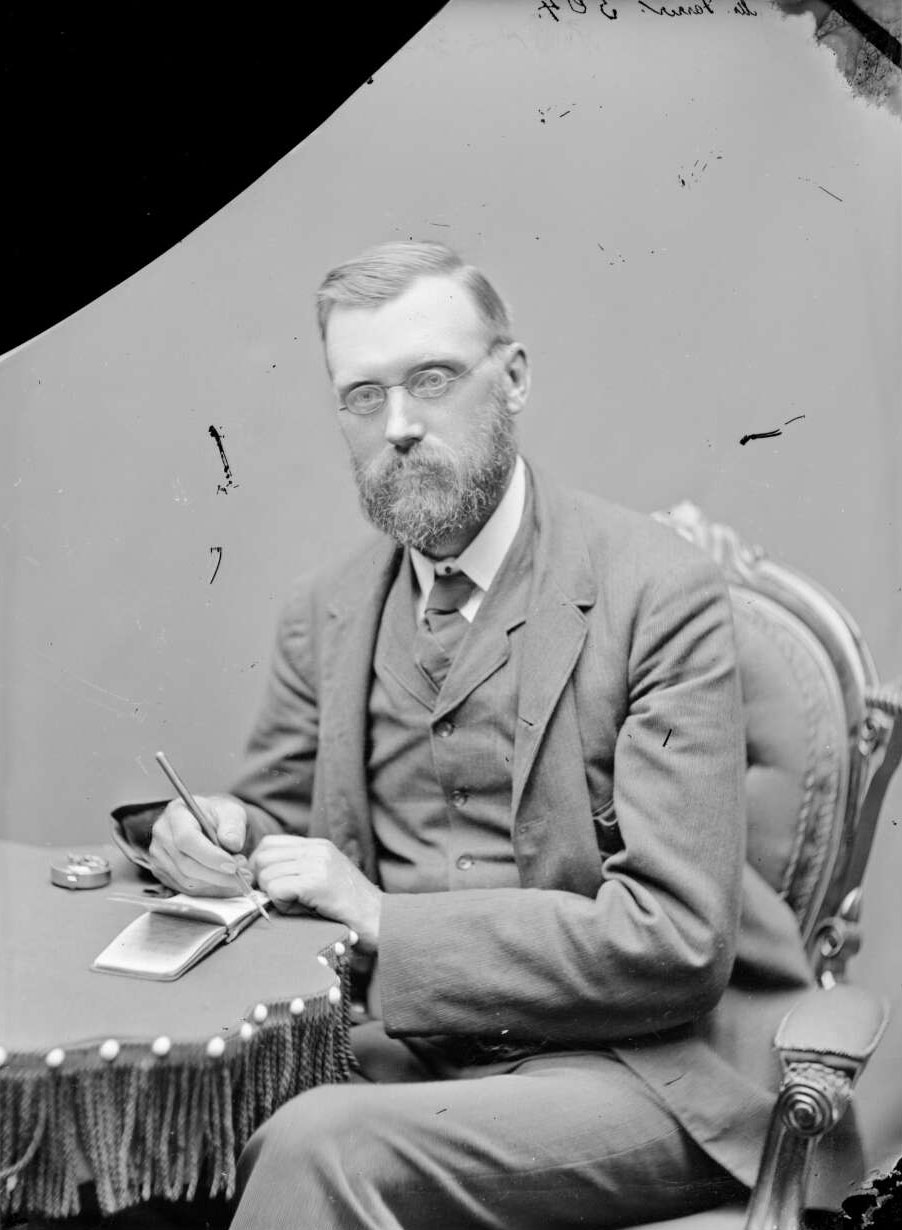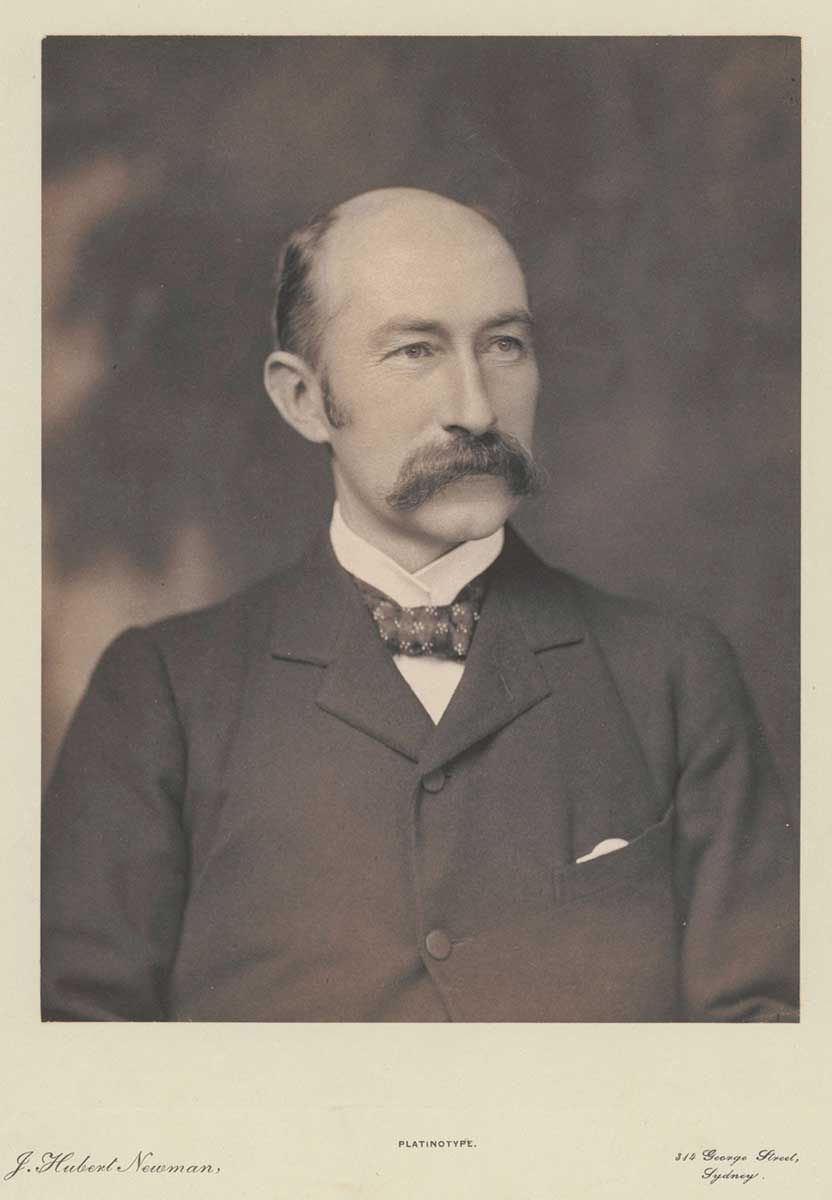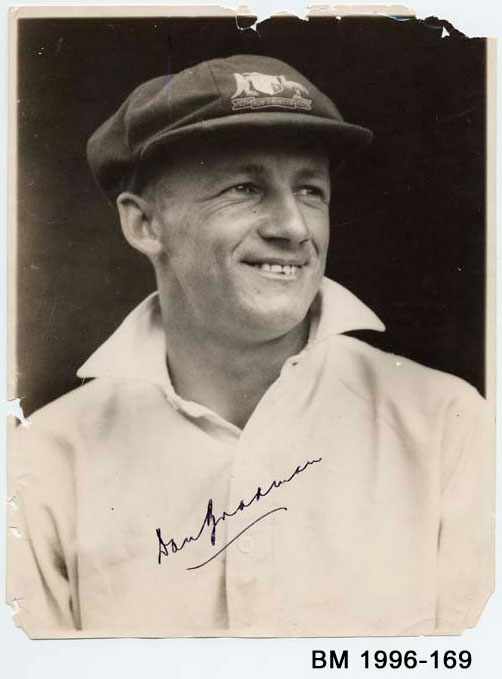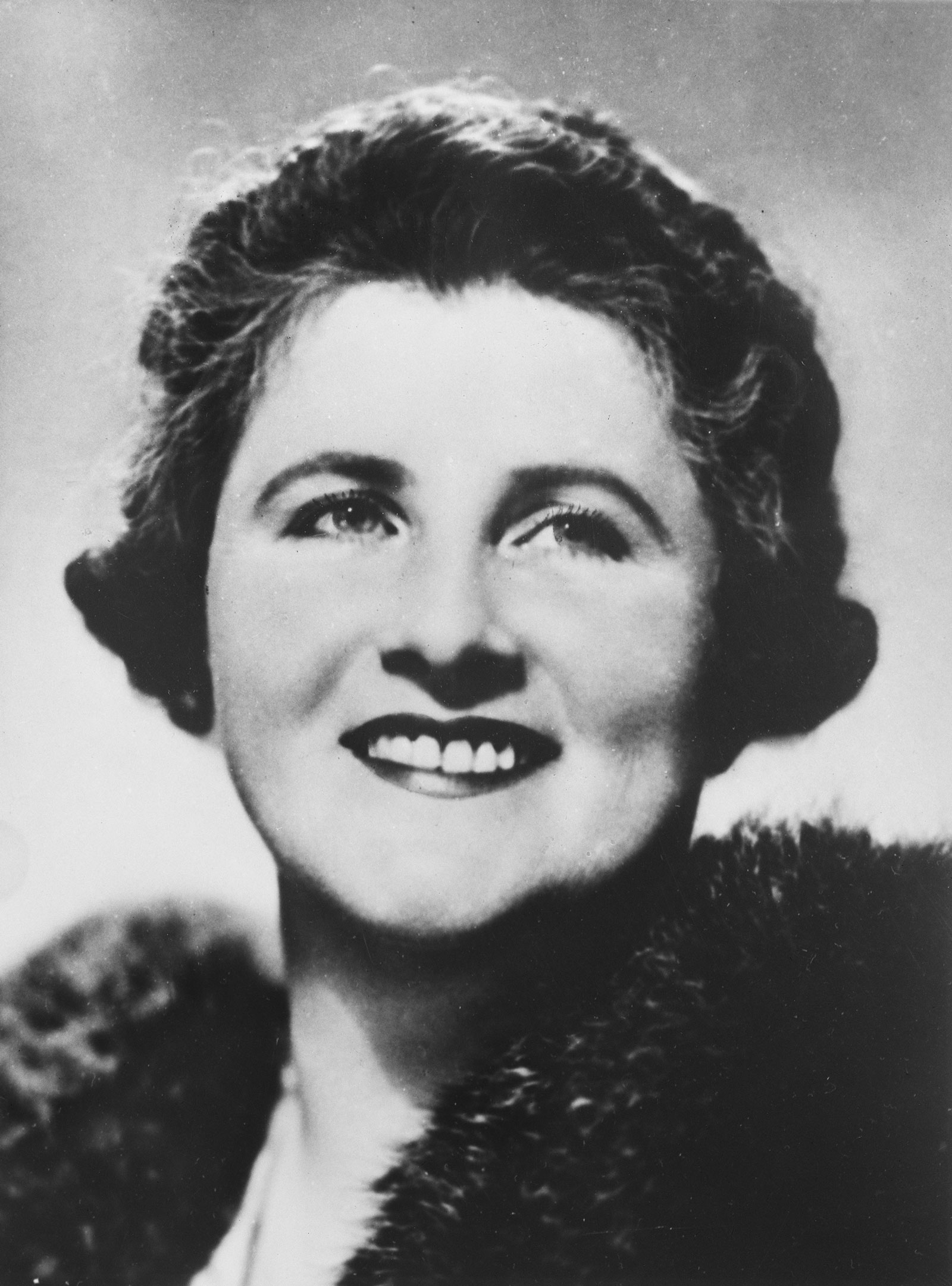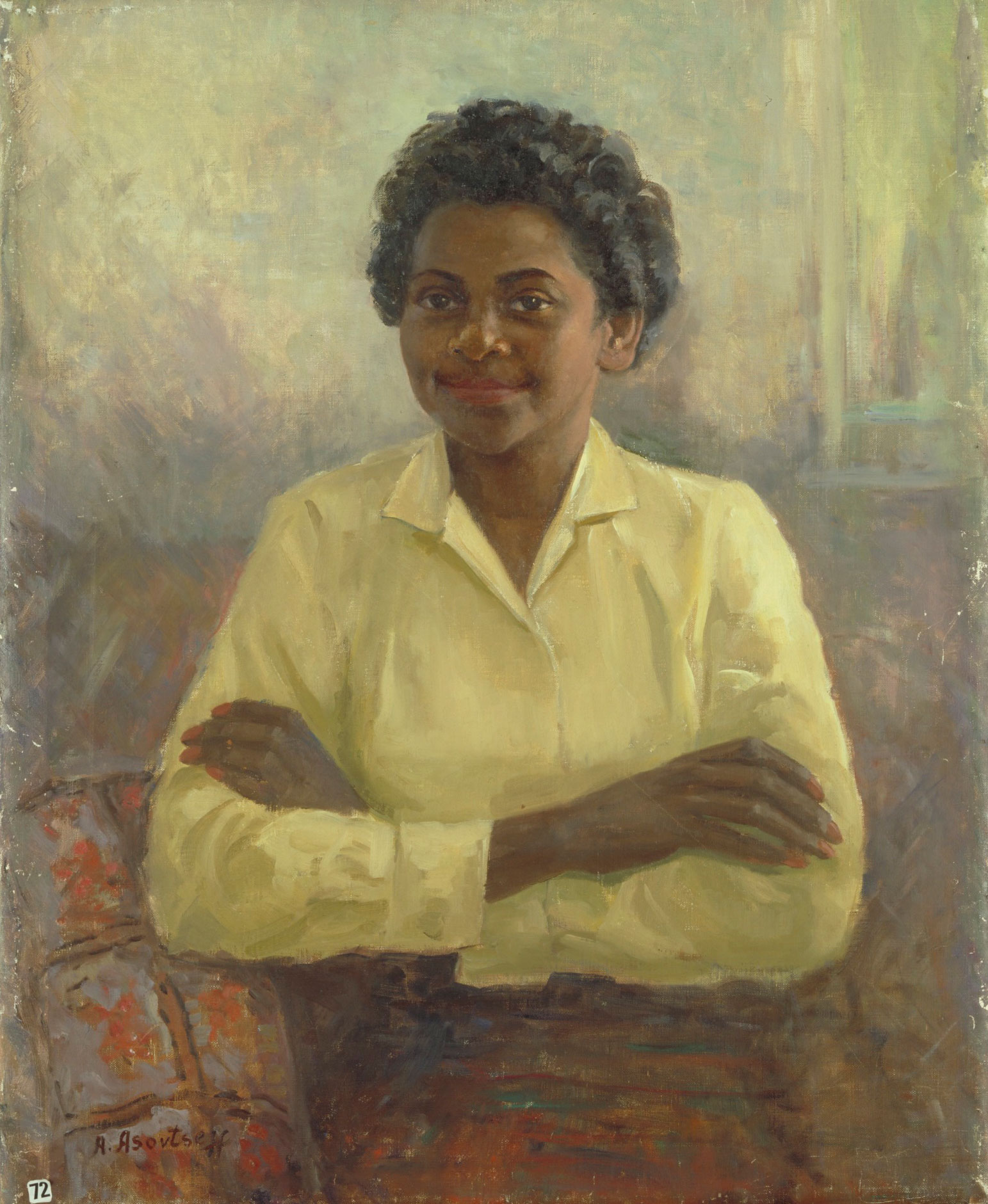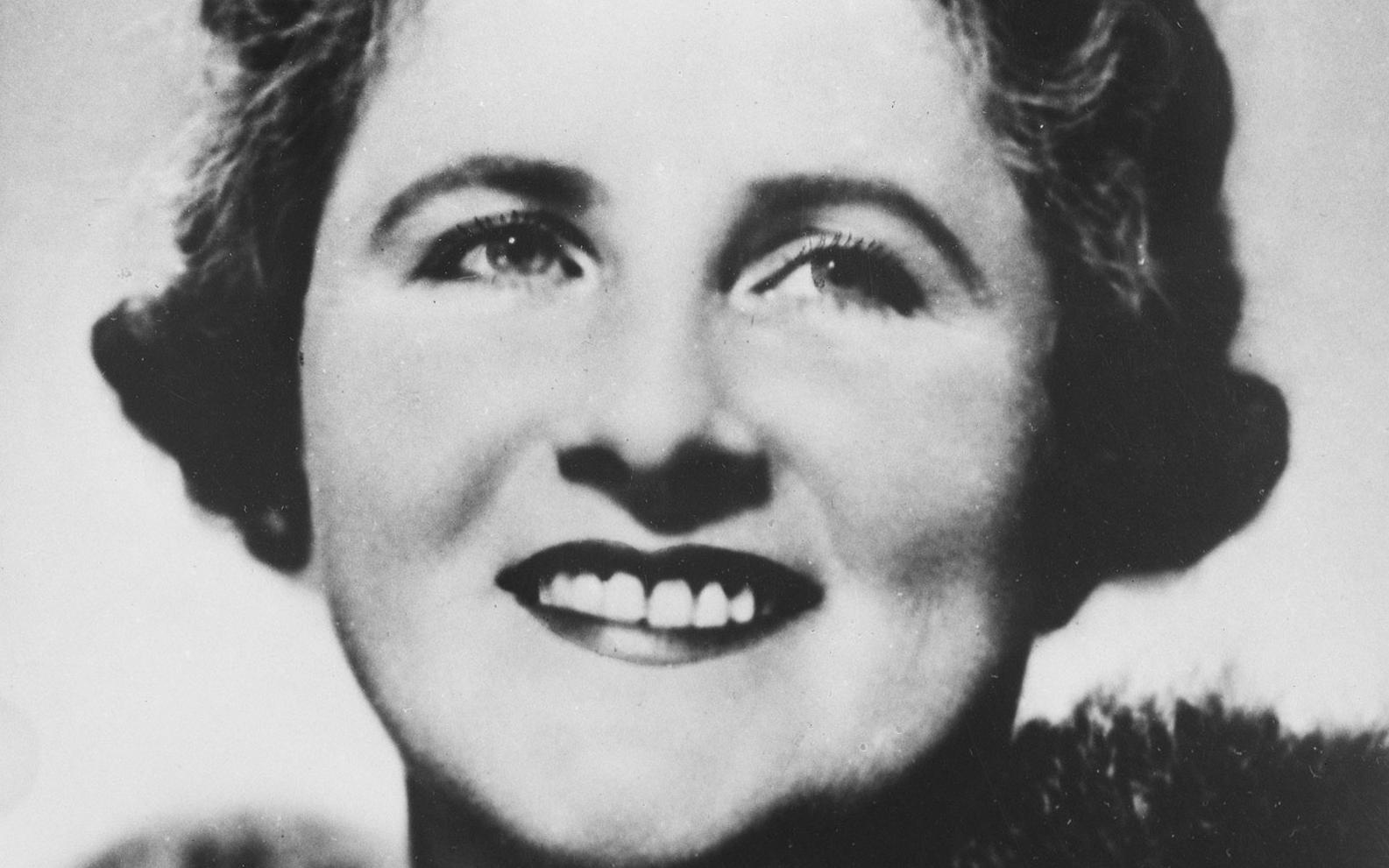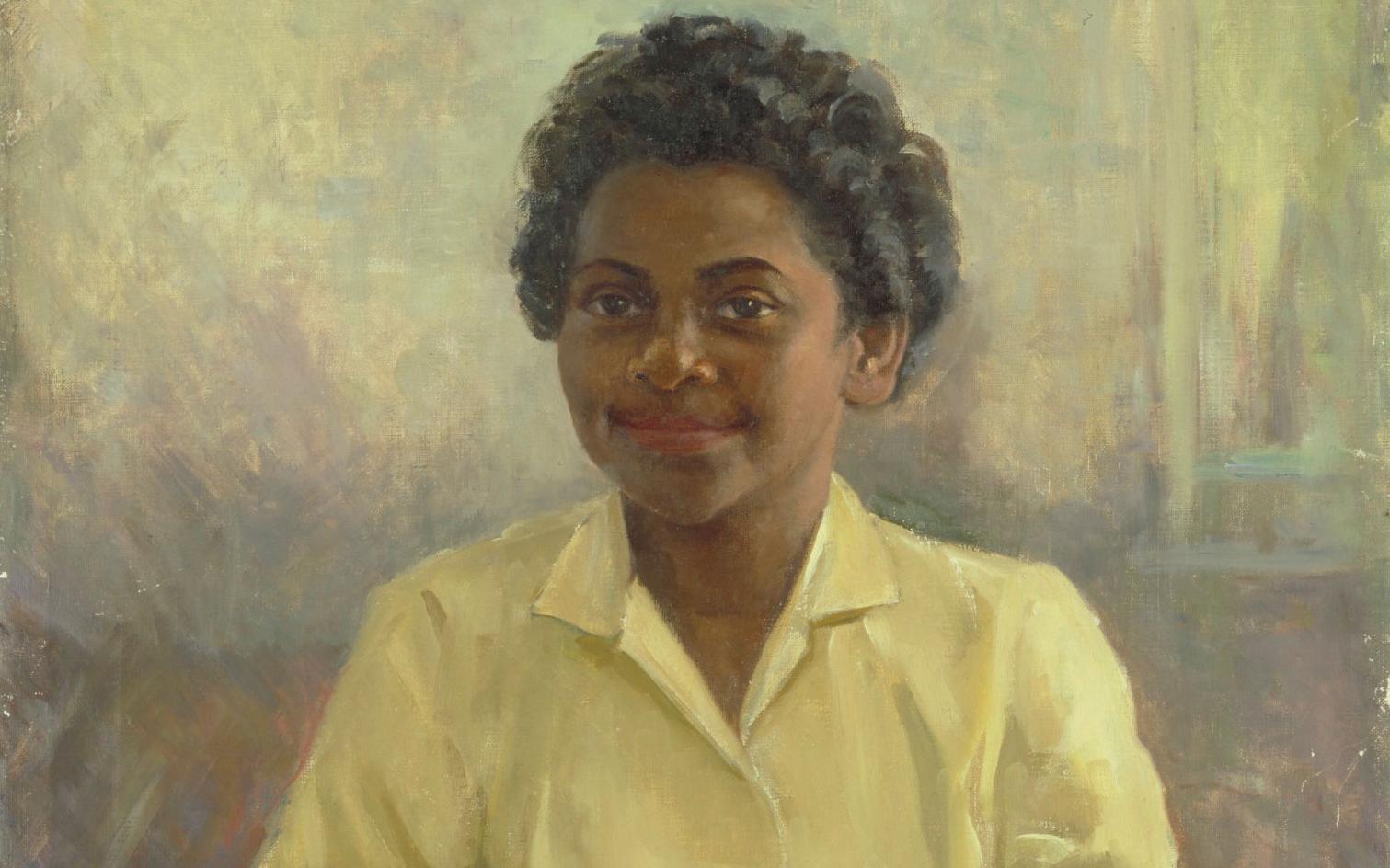Learning module:
Australia since Federation Defining Moments, 1901–present
Investigation 5: Significant people
5.6 1945 Howard Florey: Saving millions of lives
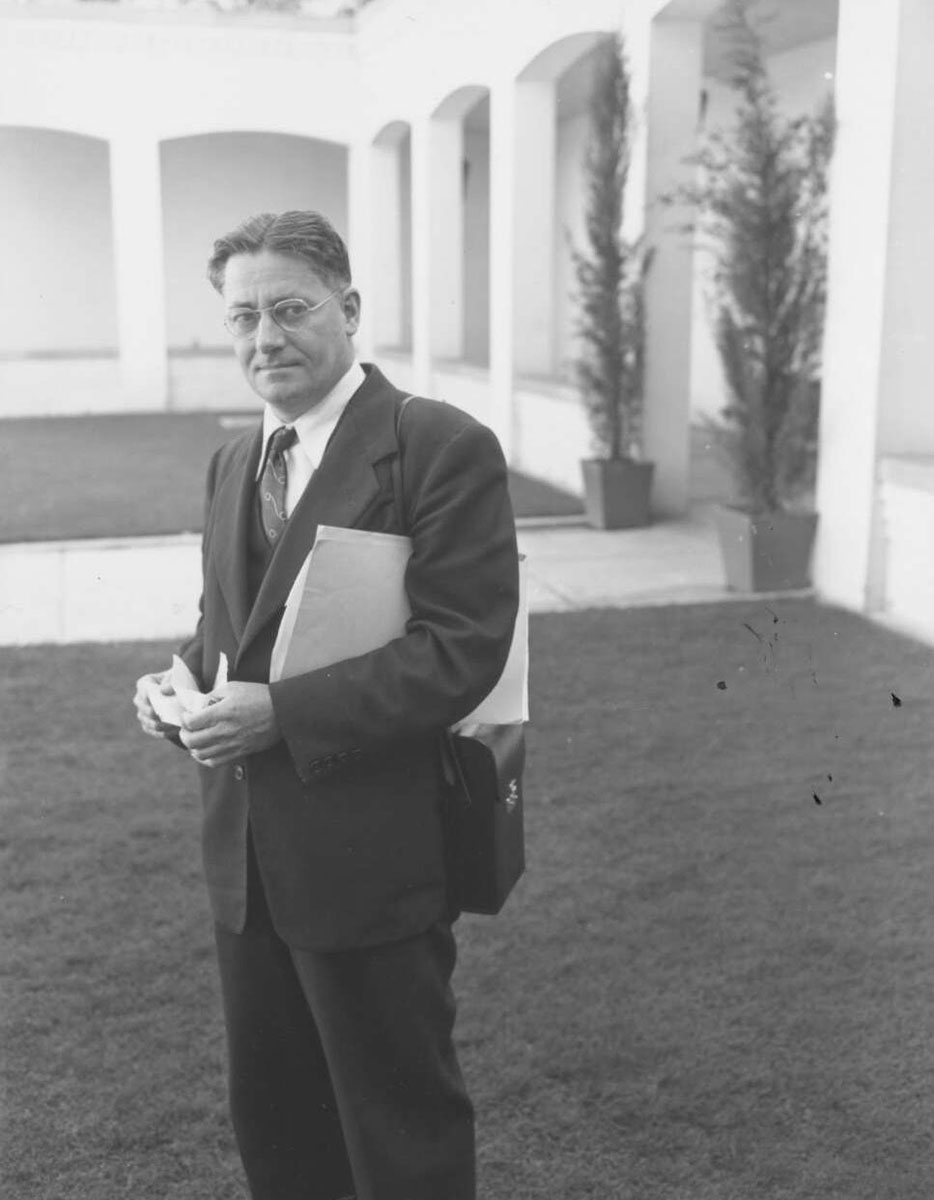
Based on the Defining Moment in Australian history: 1945 The miracle mould — Nobel Prize for developing penicillin awarded
Imagine that you are a research scientist.
There are some bacteria (germs) that are very dangerous. People can die form these bacteria if a wound — even from a tiny scratch — becomes infected.
If you discovered a way to kill these bacteria, what impact would that have on people’s lives?
Discuss this question, then see what happened with one person in Australia.
Read the information below and use it to answer the Significant people in Australian history questions at the bottom.
Howard Florey information file
Howard Florey was born in 1898 in Adelaide. He went to England as a research scientist. He was part of a team that decided to investigate a discovery made accidentally in 1928 by another scientist, Alexander Fleming. They discovered that a particular mould, called penicillin, killed the bacteria that caused deadly infections.
Florey’s team tested the penicillin on some patients. They discovered that it worked. But the problem was how to make enough penicillin to treat large numbers of people.
Finally, they were able to do this, and from 1944 penicillin was able to be sent to soldiers fighting during the Second World War to help treat wounds that might previously have killed them. The lives of thousands of soldiers were saved.
After the war penicillin was used to treat infections in civilian hospitals and millions of people were saved. Penicillin and other antibiotics have also allowed major medical advances such as organ transplants and skin grafts.
Fleming, Florey and team member Ernest Chain were jointly awarded the Nobel Prize for Medicine in 1945.
Howard Florey died in 1968.
Significant people in Australian history
1. Who was the person?
2. When did they live?
3. Where did they live?
4. What did they do?
5. Why did they do this?
6. What problems did they have to overcome to succeed?
7. What happened to the person?
8. What was the outcome or effect of what they did?
9. What qualities did this person have?
10. Why was this person significant or important in Australian history?
11. If you could meet this person and ask them three questions, what would they be?
12. If you were advising the National Museum of Australia on an object that it could display to help tell their story, what would you suggest? You can see what objects the Museum has using the National Museum of Australia Collection Explorer.






